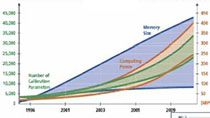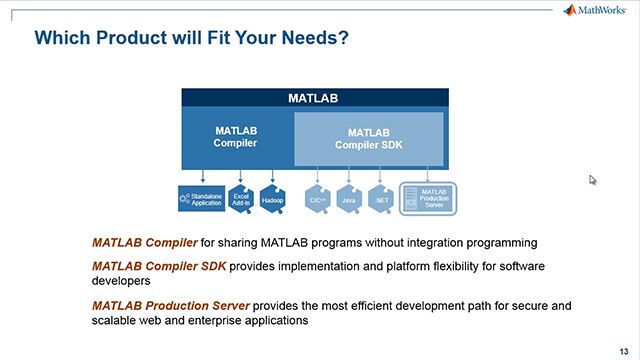The DIGNAD Model: Applications and a New Toolkit
Azar Sultanov, International Monetary Fund
Zamid Aligishiev, International Monetary Fund
Building resilience to natural disasters is imperative due to the rising threats posed by climate change, particularly for vulnerable developing economies. The DIGNAD (Debt-Investment-Growth and Natural Disasters) model was developed to analyze macro-fiscal implications of climate shocks and the role of economic policies in mitigating associated risks. DIGNAD is a small open economy model that allows users to assess debt sustainability risks linked to major natural disasters while explicitly considering the need to rebuild public infrastructure. Its rich general equilibrium structure allows for the construction of counterfactuals as well as broader scenario analysis involving ex-ante policies such as investing in resilient infrastructure, increasing fiscal buffers, and improving public investment efficiency. The recently developed DIGNAD toolkit offers a user-friendly interface, making the model accessible to users with limited experience coding with Dynare.
Published: 21 Oct 2024




